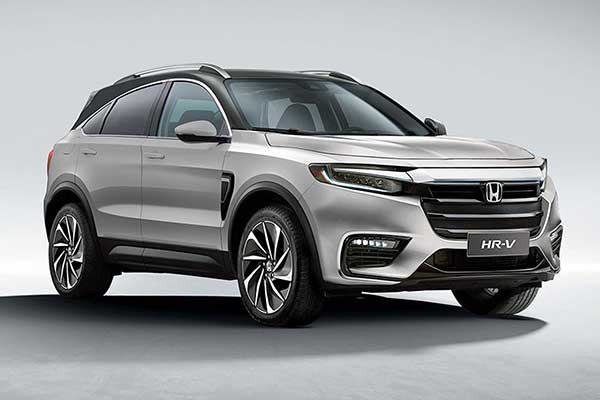The advent of autonomous vehicles has brought about a significant transformation in the transportation industry. With advancements in technology, self-driving cars are no longer a distant concept, but a tangible reality. This blog aims to explore the technology behind autonomous vehicles, discuss the safety considerations surrounding their implementation, and analyze the potential future implications in the United States.
Technology Behind Autonomous Vehicles:
Autonomous vehicles rely on a complex network of sensors, cameras, radar systems, and artificial intelligence (AI) algorithms to navigate the roads without human intervention. These sensors collect real-time data, including information about the vehicle’s surroundings, road conditions, and other vehicles, to make informed decisions. AI algorithms process this data and enable the vehicle to recognize traffic signs, pedestrians, and obstacles, as well as predict and respond to potential hazards.
The development of autonomous vehicle technology has been accelerated by major automotive and technology companies, such as Tesla, Waymo, and Uber. They have made significant strides in perfecting the underlying technology, making it more robust, reliable, and efficient. Ongoing research and development efforts are continuously improving the capabilities of autonomous vehicles, enhancing their safety and performance.
Safety Considerations:
Safety is a paramount concern when it comes to autonomous vehicles. Proponents argue that self-driving cars have the potential to reduce accidents caused by human error, which is responsible for the majority of road accidents today. By eliminating factors like distracted driving, fatigue, and impaired judgment, autonomous vehicles can potentially make roads safer.
However, the implementation of autonomous vehicles must be carefully regulated and tested to ensure their safety. Extensive real-world testing, simulation, and validation are necessary to assess the capabilities and limitations of autonomous systems. Developing robust cybersecurity measures to protect against potential hacking and ensuring data privacy are also critical aspects to address.
Future Implications in the US:
The widespread adoption of autonomous vehicles in the US could bring about significant changes and implications across various sectors:
- Transportation and Mobility: Autonomous vehicles could revolutionize public transportation systems, making them more efficient, reliable, and accessible. Ride-sharing services could also become more affordable and convenient, reducing the need for individual car ownership.
- Economy and Employment: The rise of autonomous vehicles may impact traditional jobs in the transportation industry, such as truck driving and taxi services. However, it could also create new employment opportunities in areas like vehicle maintenance, software development, and AI research.
- Urban Planning: With increased efficiency and reduced congestion, autonomous vehicles could reshape urban planning. Parking spaces may be repurposed, and traffic patterns could be optimized, leading to more sustainable and livable cities.
- Environment and Sustainability: Electric and autonomous vehicles go hand in hand, as self-driving technology can be seamlessly integrated into electric platforms. The transition to autonomous vehicles could significantly reduce greenhouse gas emissions, air pollution, and dependence on fossil fuels.
- Legal and Regulatory Framework: The introduction of autonomous vehicles raises important legal and regulatory questions. Policymakers will need to establish guidelines regarding liability, insurance, data privacy, and cybersecurity to ensure the safe and ethical deployment of autonomous vehicles.





